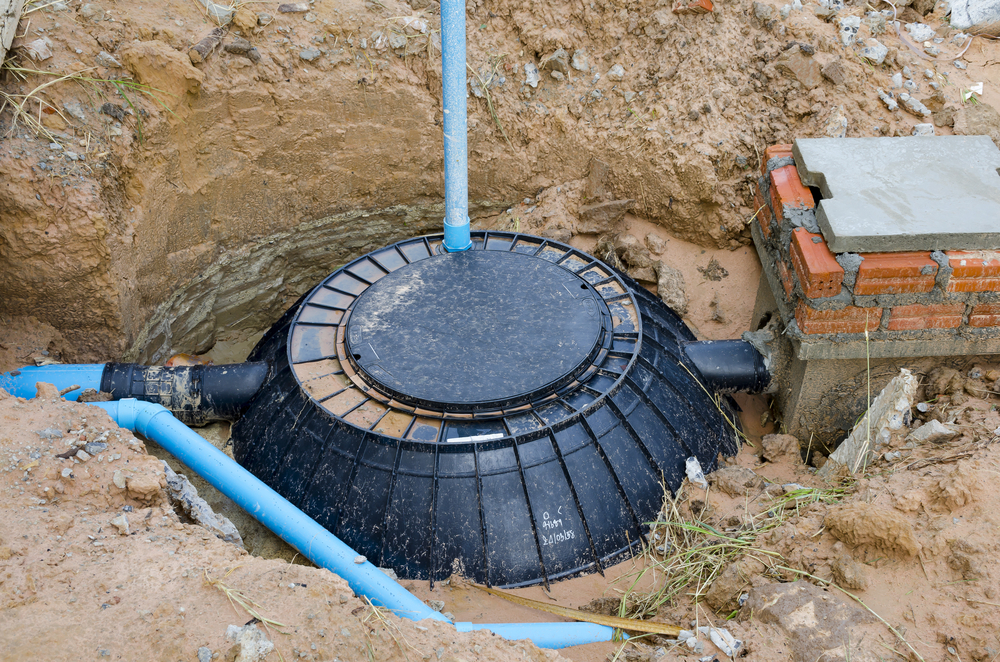Peace of Mind for Your Home: A Guide to Residential Underground Tank Removal
Residential underground tanks are a common feature in many homes, especially in older properties. While these tanks were once used for storing heating oil or septic waste, they can pose a significant risk to your property and the environment if not properly maintained or removed. Whether you are dealing with an underground oil tank or septic tank, it is essential to understand the importance of safe removal and disposal. In this guide, we will explore the process of residential underground tank removal, including costs, safety measures, and potential dangers.
Understanding the Need for Tank Removal
Residential underground tanks, particularly oil tanks and septic tanks, can deteriorate over time and develop leaks or corrosion. These leaks can contaminate soil, groundwater, and nearby water sources, posing serious health and environmental risks. In addition, failing to remove an underground tank can lead to costly cleanup and remediation efforts in the future. Therefore, it is crucial to address any issues with underground tanks promptly and consider removal as a preventative measure.
Residential Underground Oil Tank Removal Cost
The cost of removing an underground oil tank can vary depending on several factors, including the size of the tank, its location, and the extent of contamination. On average, residential underground oil tank removal can range from $1,500 to $3,000 or more. Additional costs may apply for soil testing, cleanup, and disposal of hazardous materials. It is essential to obtain multiple quotes from reputable tank removal companies and conduct thorough research to ensure you are getting a fair price for the removal process.
How to Safely Remove an Underground Septic Tank Yourself
If you are considering removing an underground septic tank yourself, it is crucial to take necessary safety precautions to prevent accidents and ensure proper disposal of waste. Here are some steps to safely remove an underground septic tank:
1. Obtain Permits: Before beginning the removal process, check with your local authorities to obtain any necessary permits for septic tank removal. Failure to obtain proper permits can result in fines or legal repercussions.
2. Drain the Tank: Properly drain the septic tank of all liquid and solid waste to reduce the risk of spills or leaks during removal. Hire a professional septic tank pumping service if needed.
3. Excavate the Tank: Use heavy machinery, such as a backhoe or excavator, to carefully excavate the area around the septic tank. Make sure to follow safety guidelines and wear protective gear while operating machinery.
4. Disassemble and Clean the Tank: Once the tank is exposed, disassemble it carefully, ensuring no residual waste remains inside. Thoroughly clean the tank before transporting it to a disposal facility.
5. Dispose of Waste Properly: Transport the septic tank to a licensed disposal facility to ensure safe and environmentally responsible disposal of waste. Avoid dumping waste in unauthorized areas or water sources.
Dangers of Underground Tank Removal
In Minneapolis, underground tank removal poses various dangers that homeowners should be aware of. Improper handling of underground tanks can lead to soil contamination, groundwater pollution, and health risks for residents. Additionally, accidental spills or leaks during removal can result in costly cleanup efforts and legal consequences. It is essential to hire experienced professionals who have the expertise and equipment to safely remove underground tanks and mitigate potential dangers effectively.
Summary
Residential underground tank removal is a critical process that requires careful planning, adherence to safety protocols, and proper disposal of waste. Whether you are dealing with an underground oil tank or septic tank, it is essential to address any issues promptly to protect your property and the environment. By understanding the costs, safety measures, and potential dangers associated with underground tank removal, you can ensure peace of mind for your home and safeguard the well-being of your family and community.



